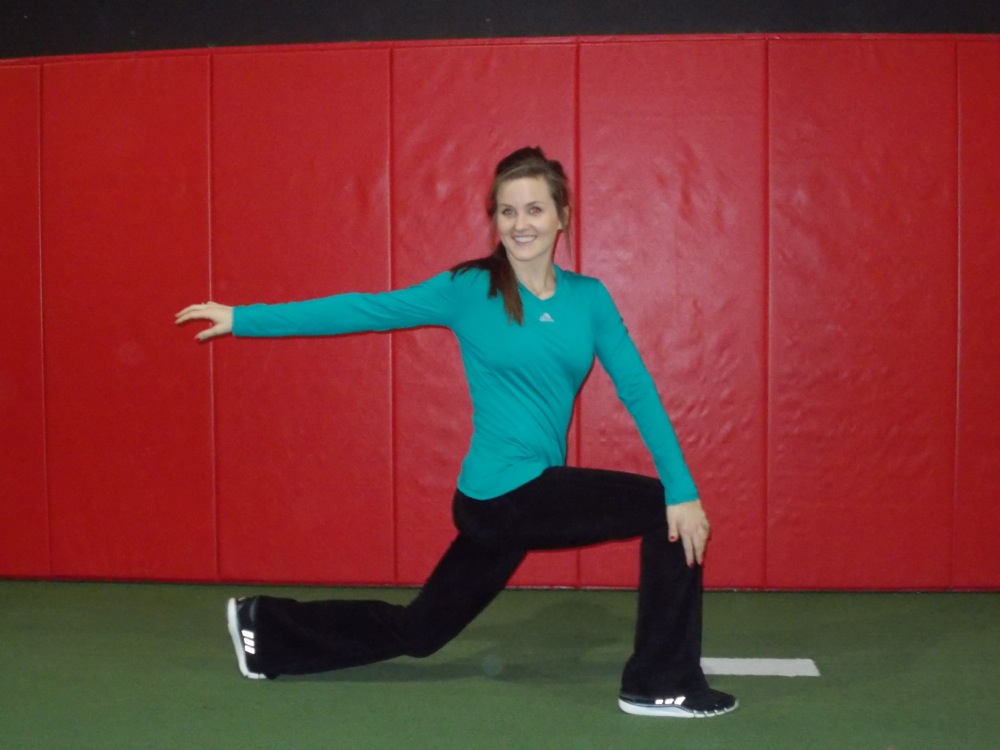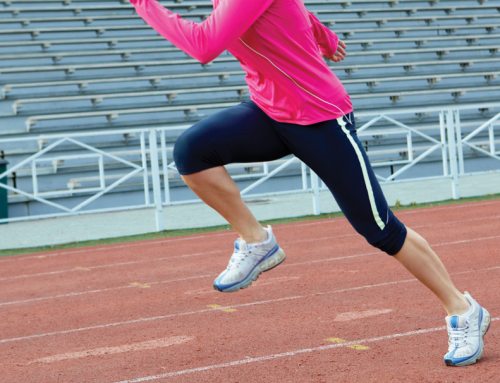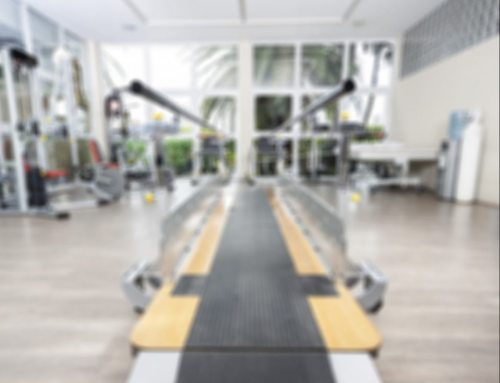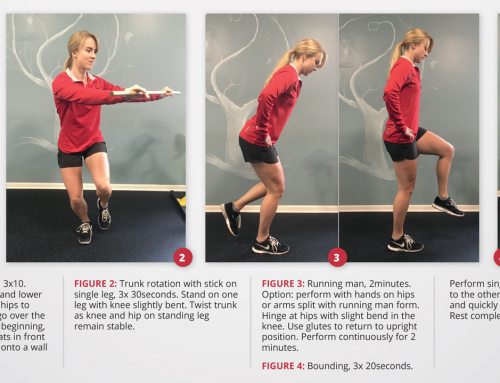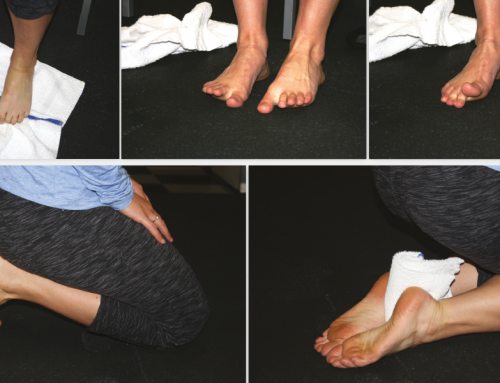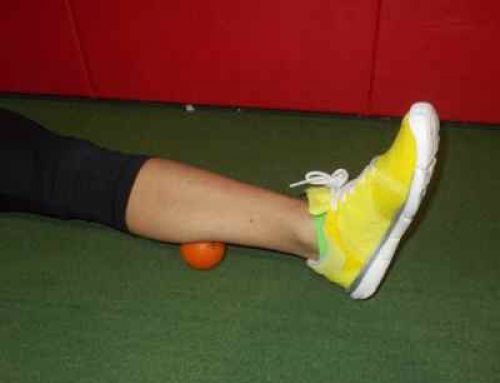By Brian Schiff
Runners often follow the same routine prior to training runs and races. Pre-run rituals may include a series of static stretches, light jogging, dynamic flexibility or perhaps no warm-up at all. To adequately prepare the body for repetitive impact loading, I always suggest incorporating a dynamic warm-up prior to running.
Current research suggests that static stretching before a race can decrease power output for short periods of time, especially in shorter runs (5k or less). Some evidence raises concerns that it may also increase your risk for a muscle strain. Temperature, past medical history, individual imbalances, and personal preference all play a role in what makes a runner feel ready to run.
Since running is essentially a plyometric activity and engages the entire body, I suggest utilizing active warm-up maneuvers to adequately prepare the body for higher demand activity. A proper dynamic warm-up should recruit the major muscle groups and help eliminate imbalances that may predispose you to overuse injuries. Specifically, an effective warm-up should last 5-15 minutes and include:
Dynamic flexibility
Hip mobility
Core and glute activation
Balance/postural stability
Multi-joint movements
Exercises should be performed over a 10- to 20-yard distance. The following exercises are two examples of full-body movement exercises that embody all of the components above.
Inch worms – Start in standing and bend forward at the hips, placing your hands flat on the ground, out in front of your body. Slowly walk the hands forward until you approach a flat (tabletop) position. Then slowly walk your legs forward until you can no longer do so without bending the knees. Repeat the sequence maneuver 5-6 times.
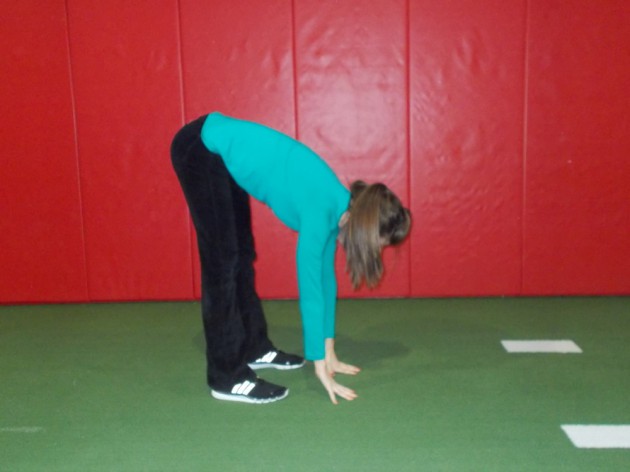
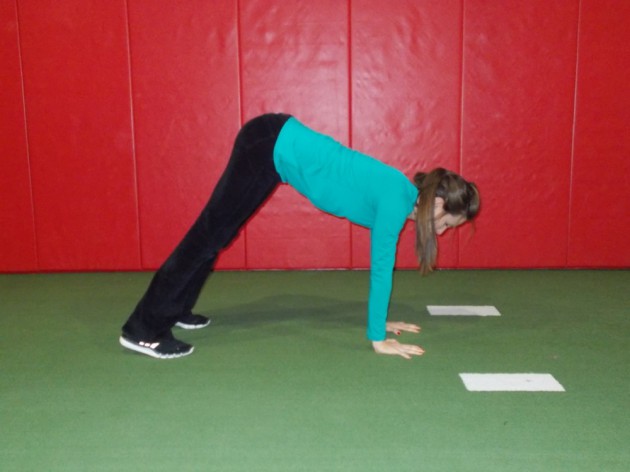
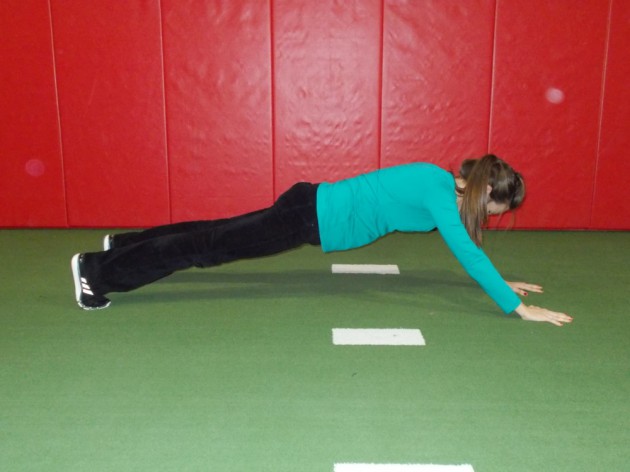
Lunge with torso rotation – Lunge forward with the right leg. Place the left hand on the outside of the right knee and rotate the trunk as far as comfortable to the right, allowing the head/eyes to follow the right arm. Pause and return to the forward-facing position standing fully upright again. Next, lunge forward with the left leg. Place the right hand on the outside of the left knee and rotate the trunk as far as comfortable to the left, allowing the head/eyes to follow the left arm. Perform this alternate pattern for 5-6 repetitions on each side.
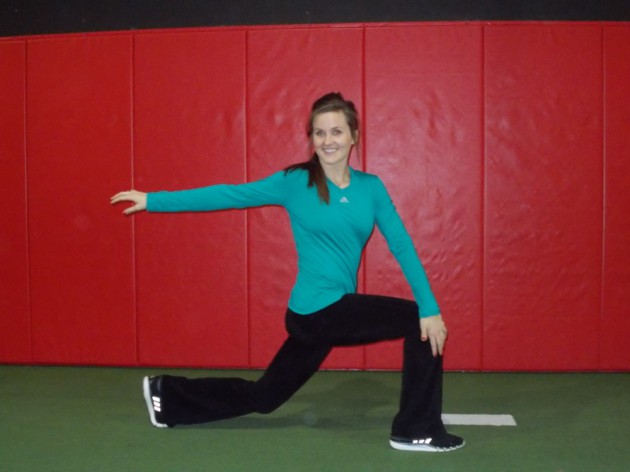
These exercises are just two examples of effective dynamic movements. A full dynamic warm-up may consist of 5-10 different patterns. Emphasize quality over quantity and include movements that address mobility restrictions as well as thoroughly prepare the lower body, upper body and torso for running.
# # #
Brian Schiff, PT, OCS, CSCS is a sports physical therapist and supervisor at the Raleigh location of Athletes’ Performance at Raleigh Orthopaedic. The Raleigh and Cary Athletes’ Performance locations currently offer free injury screens for runners, cyclists and triathletes. For more information, visit www.apcraleigh.com or www.apccary.com.


